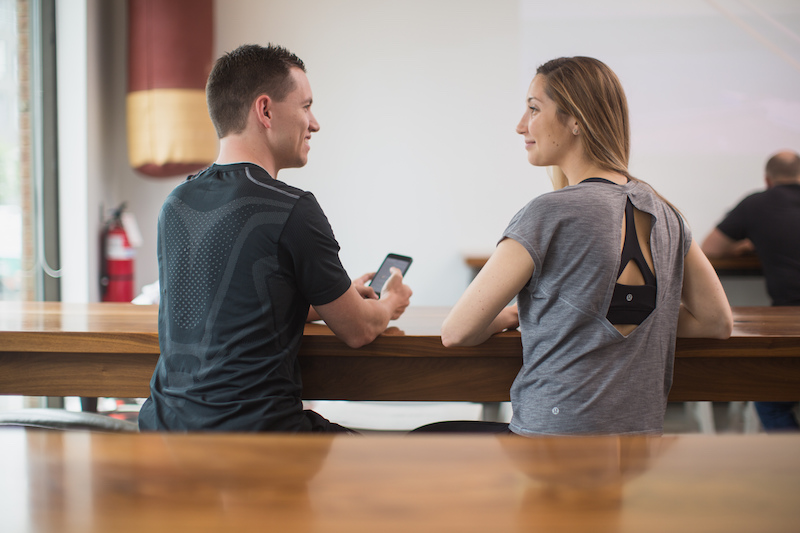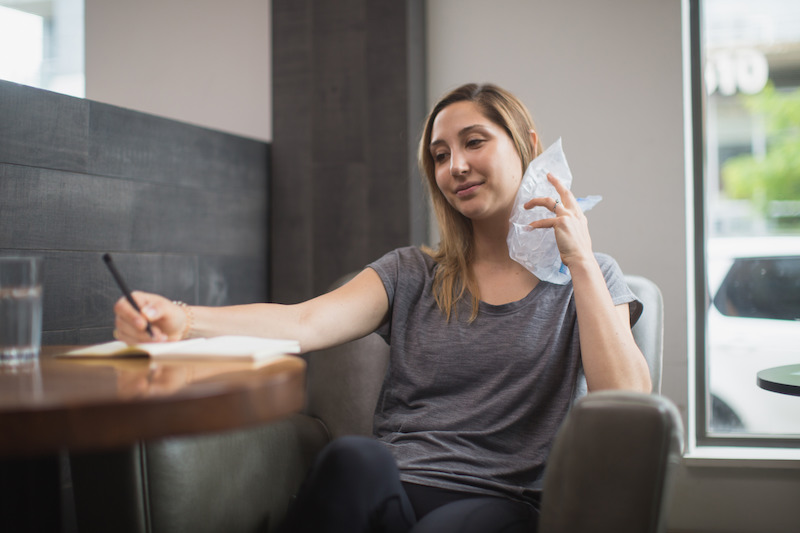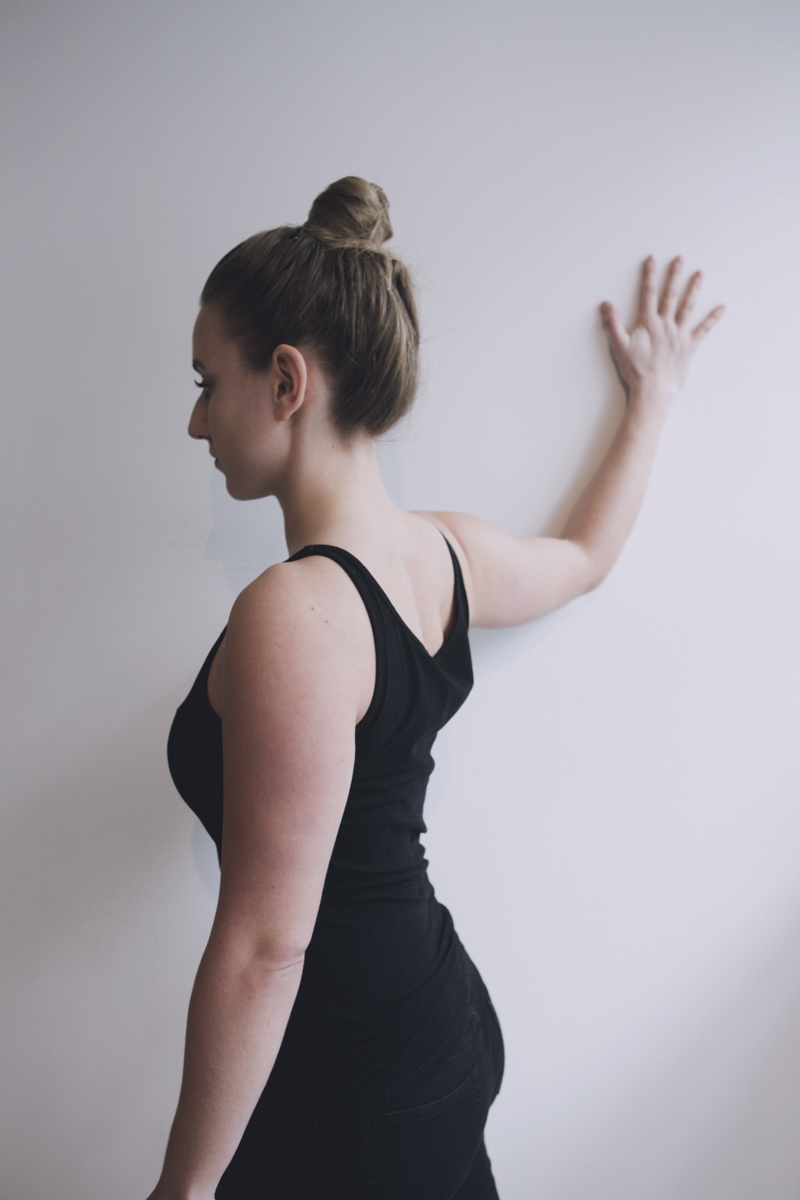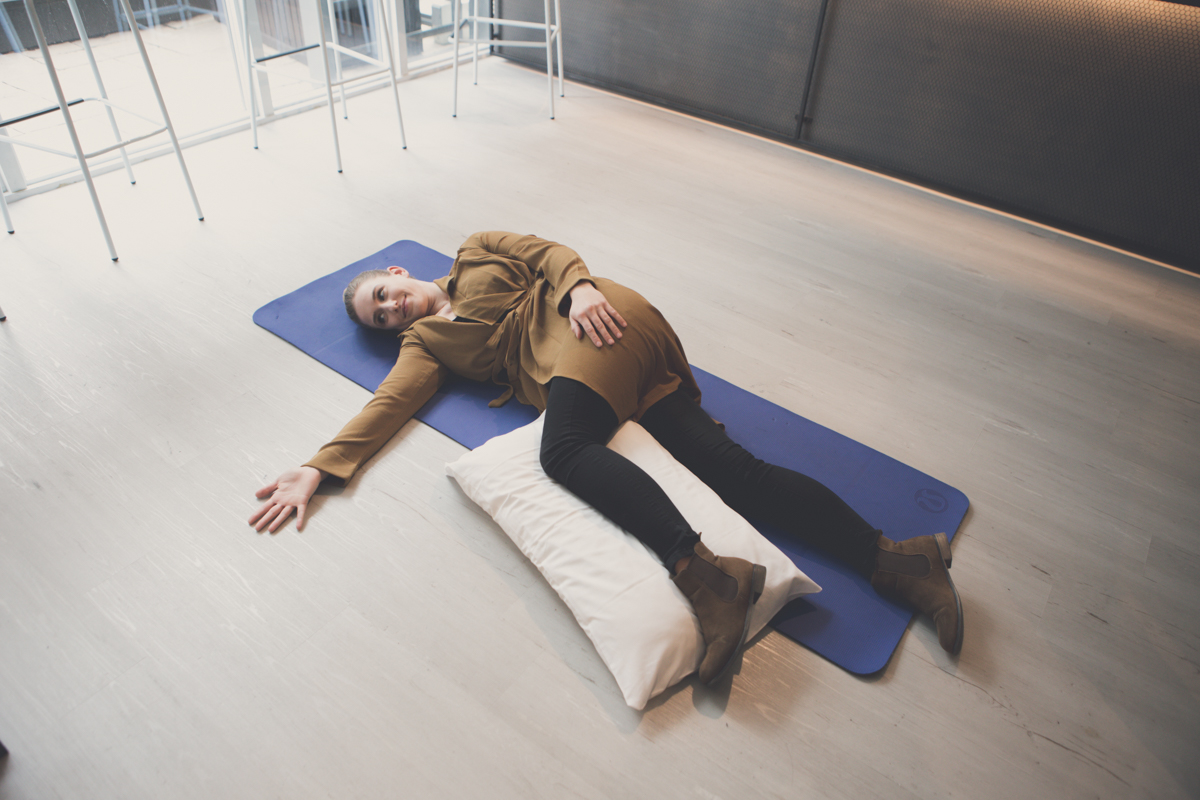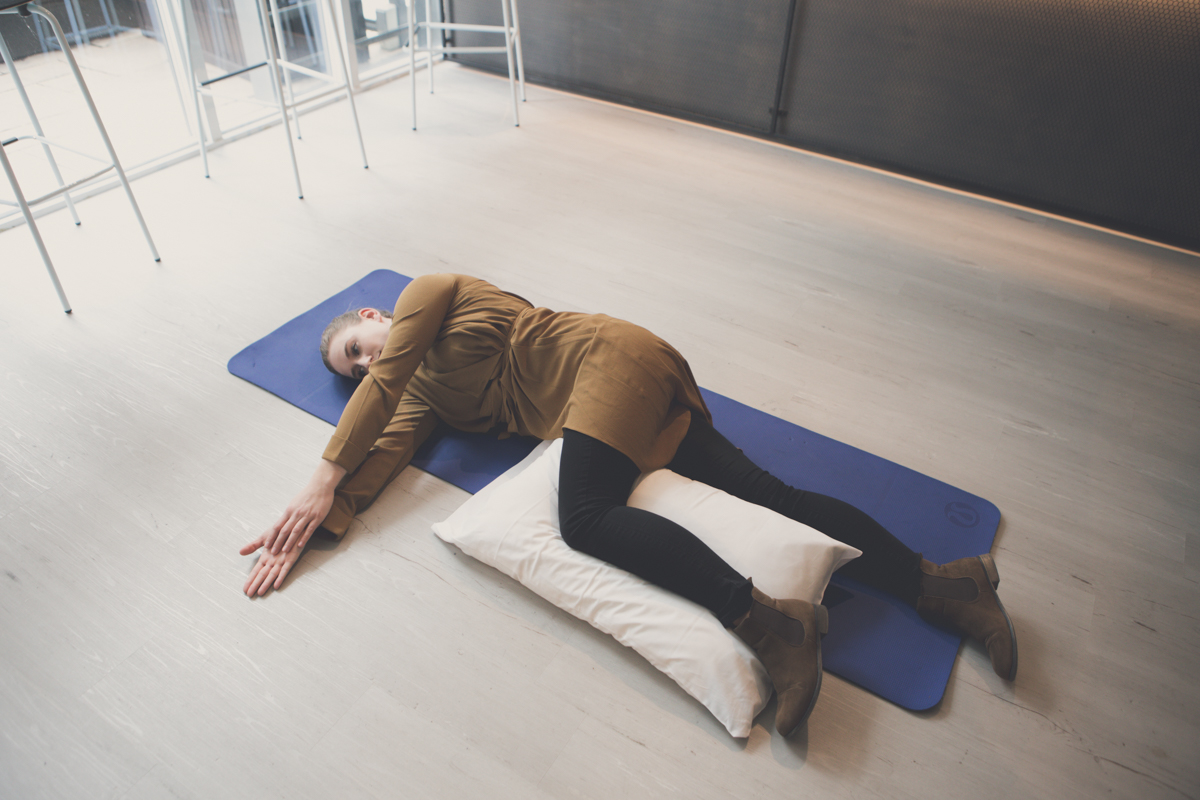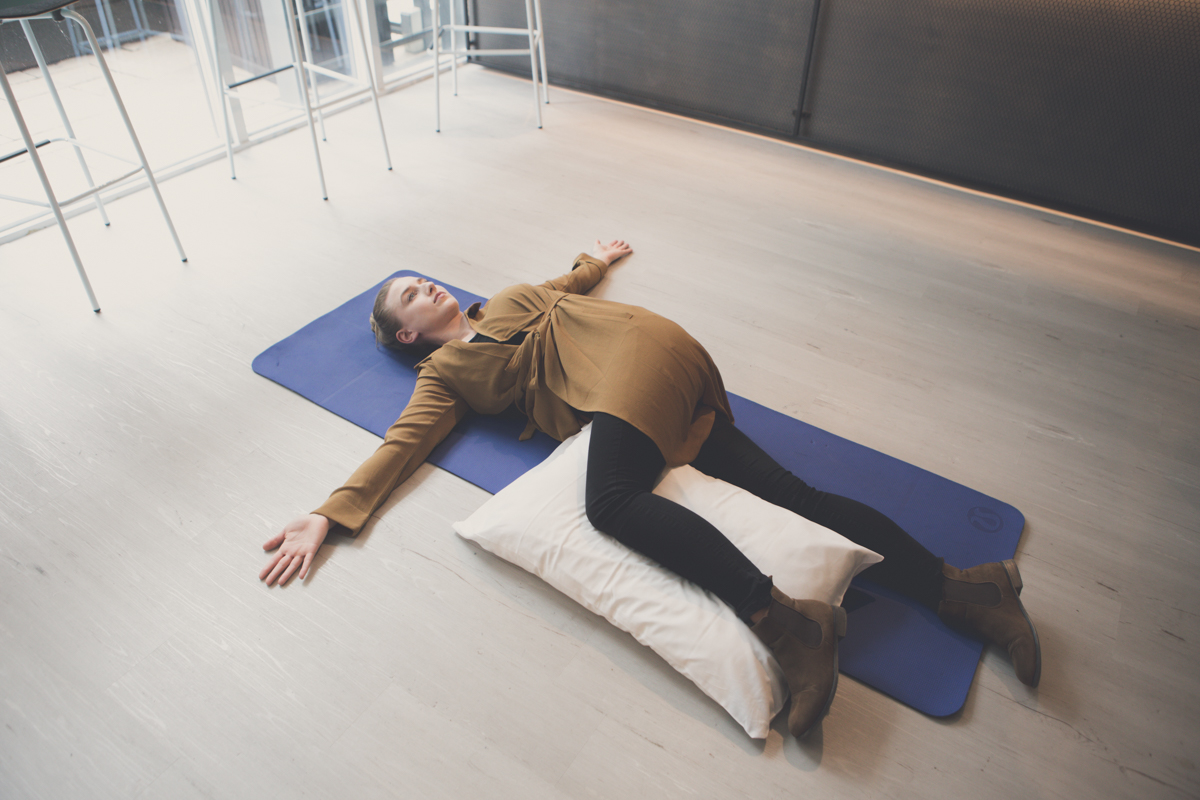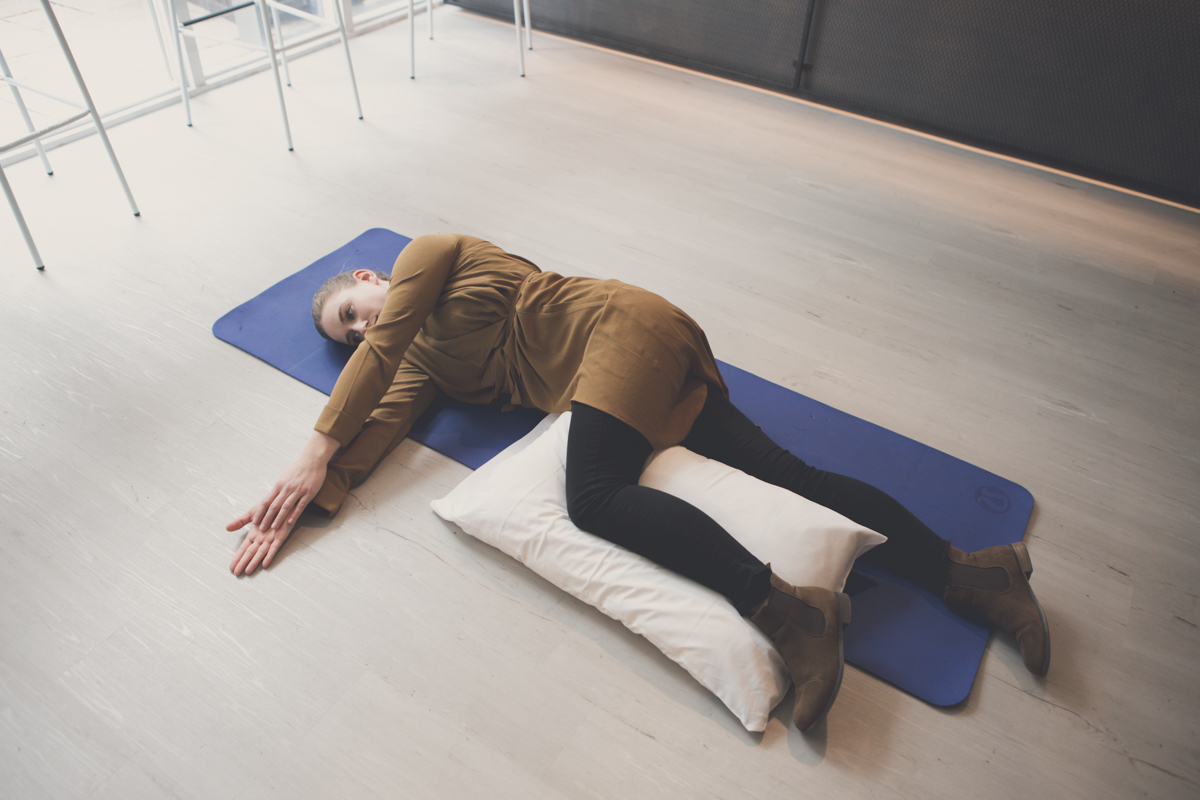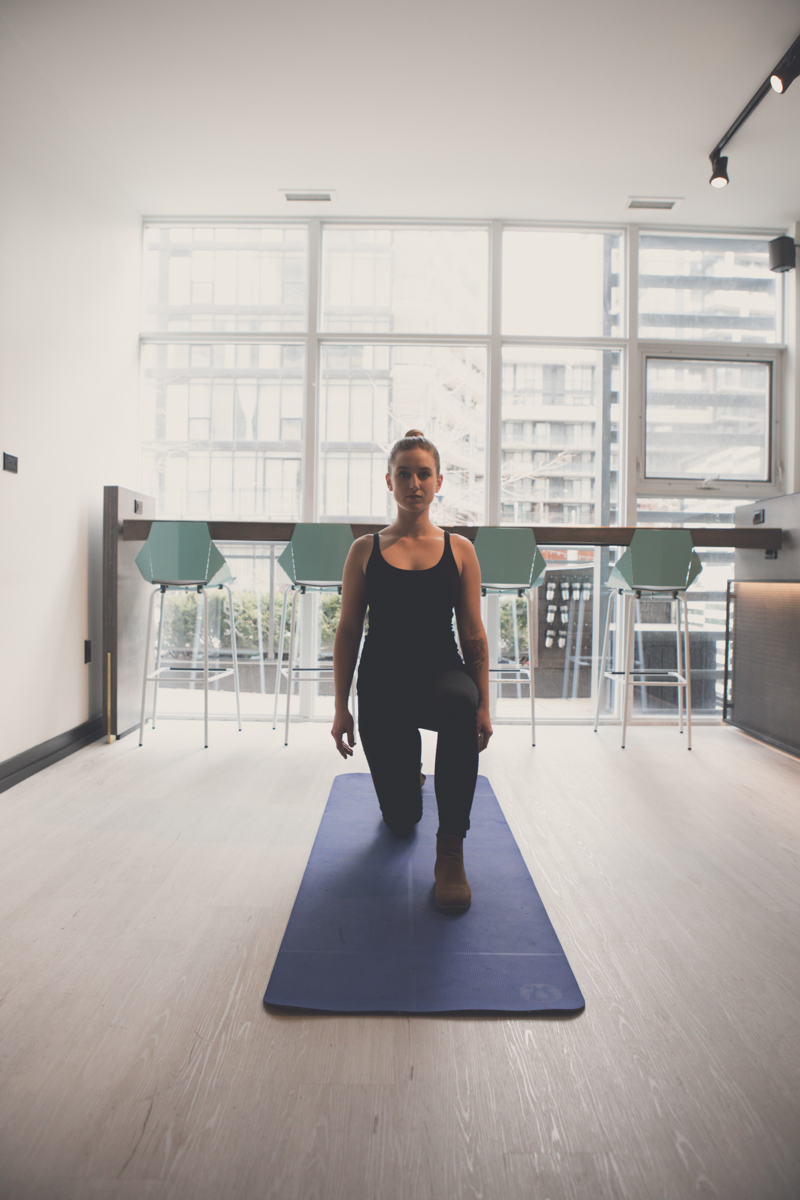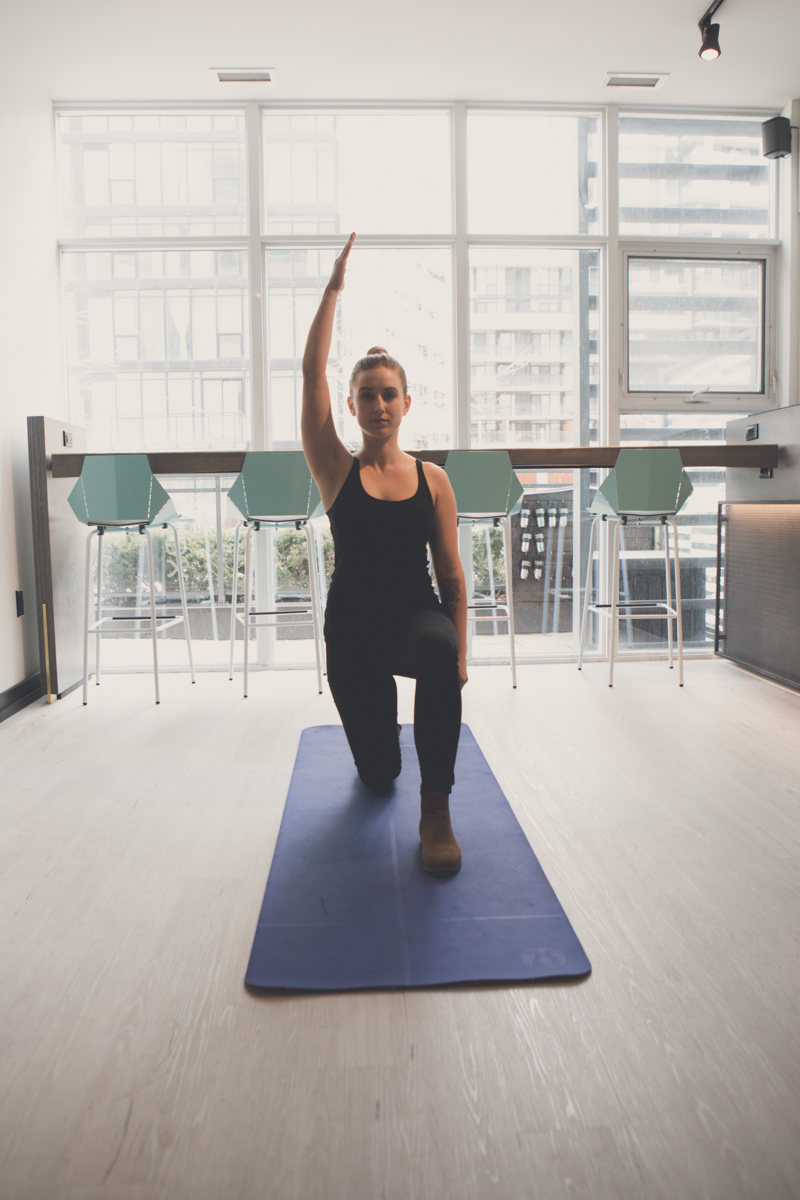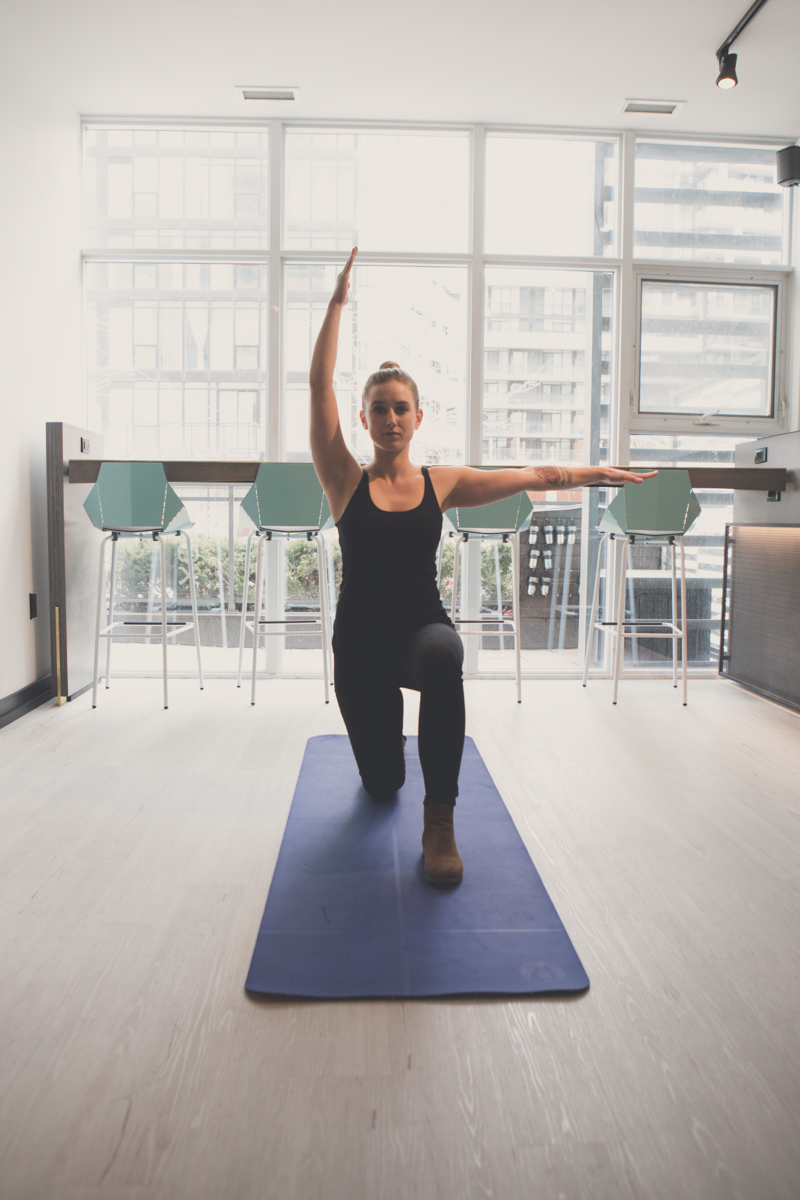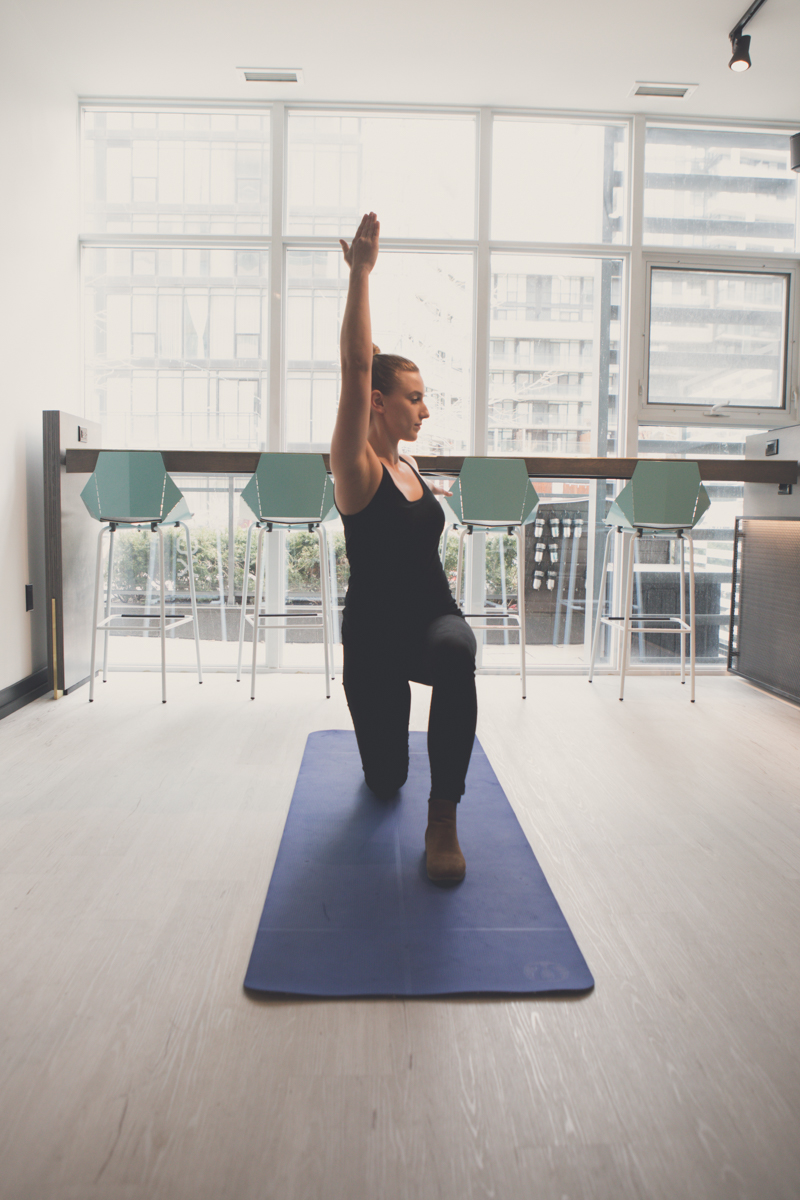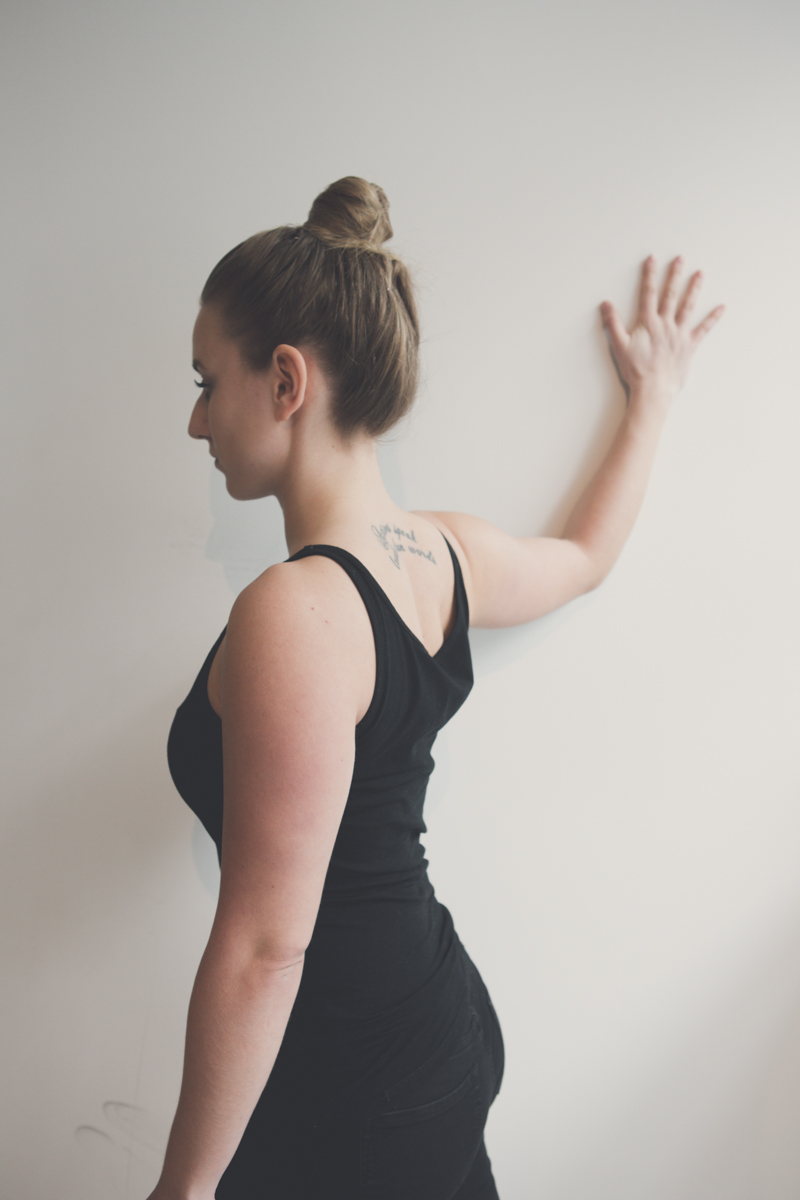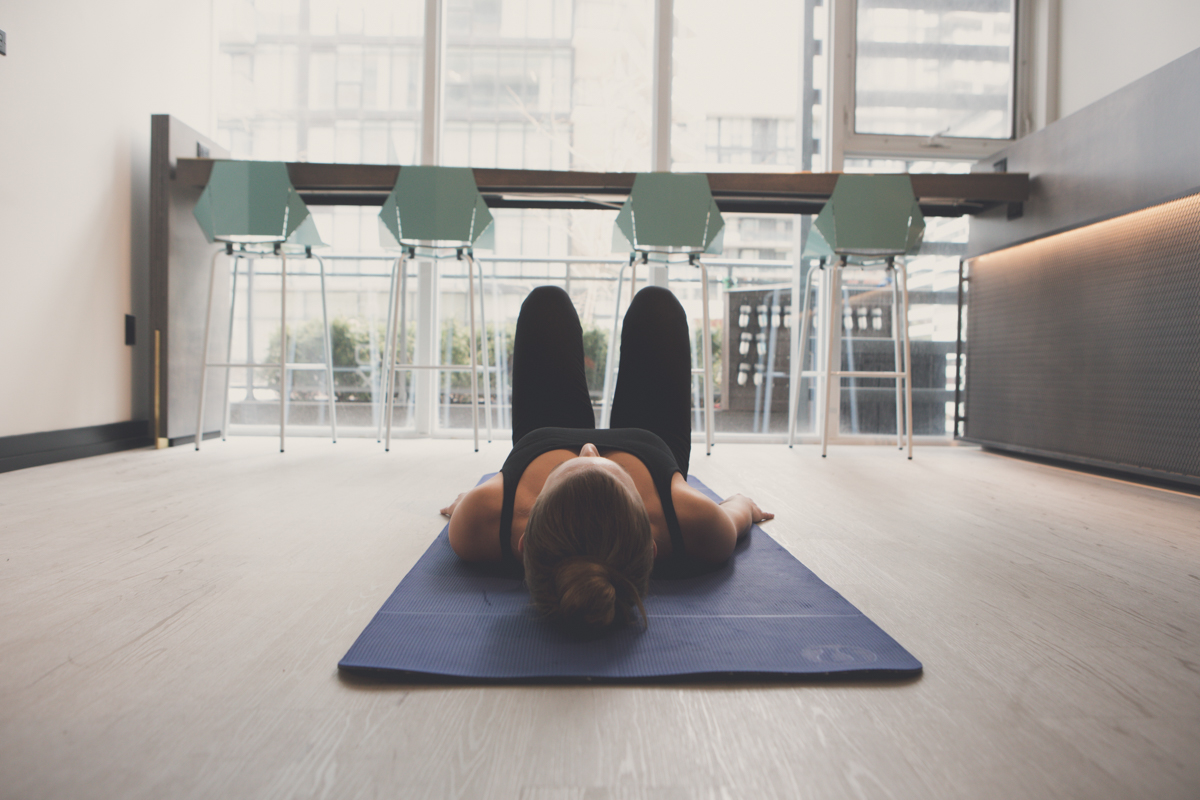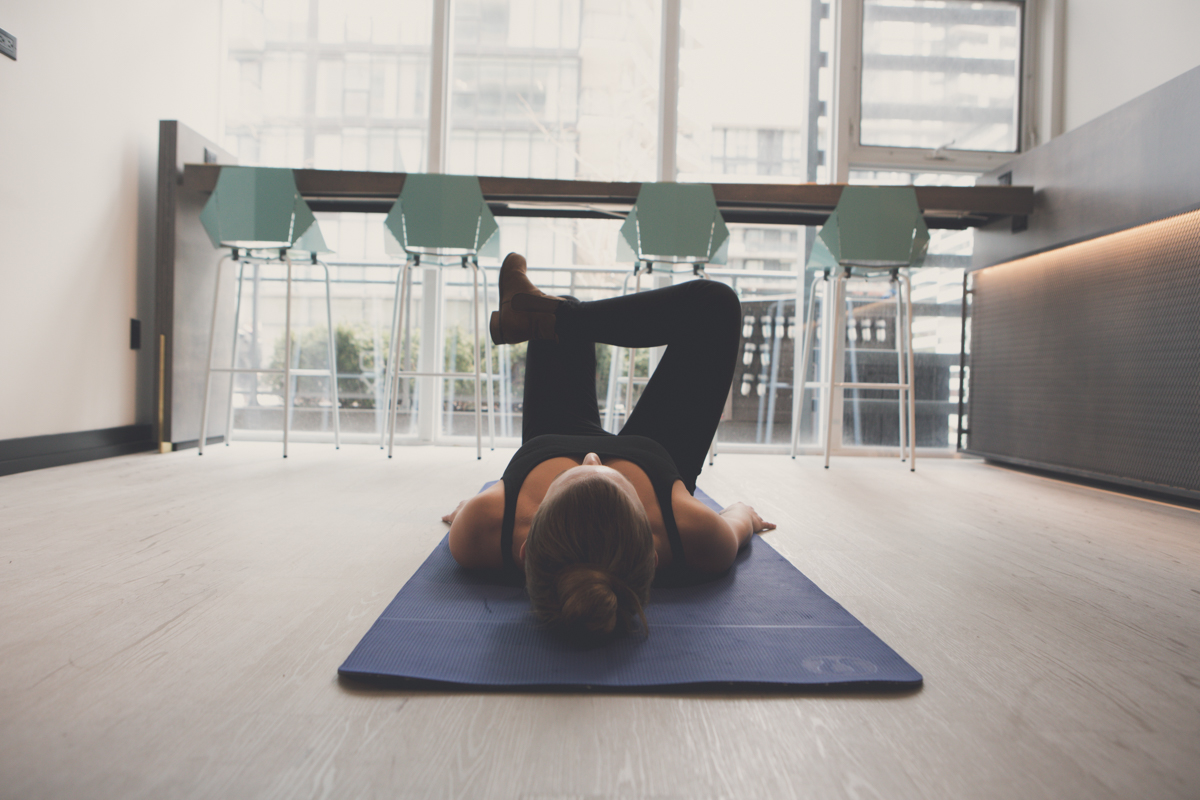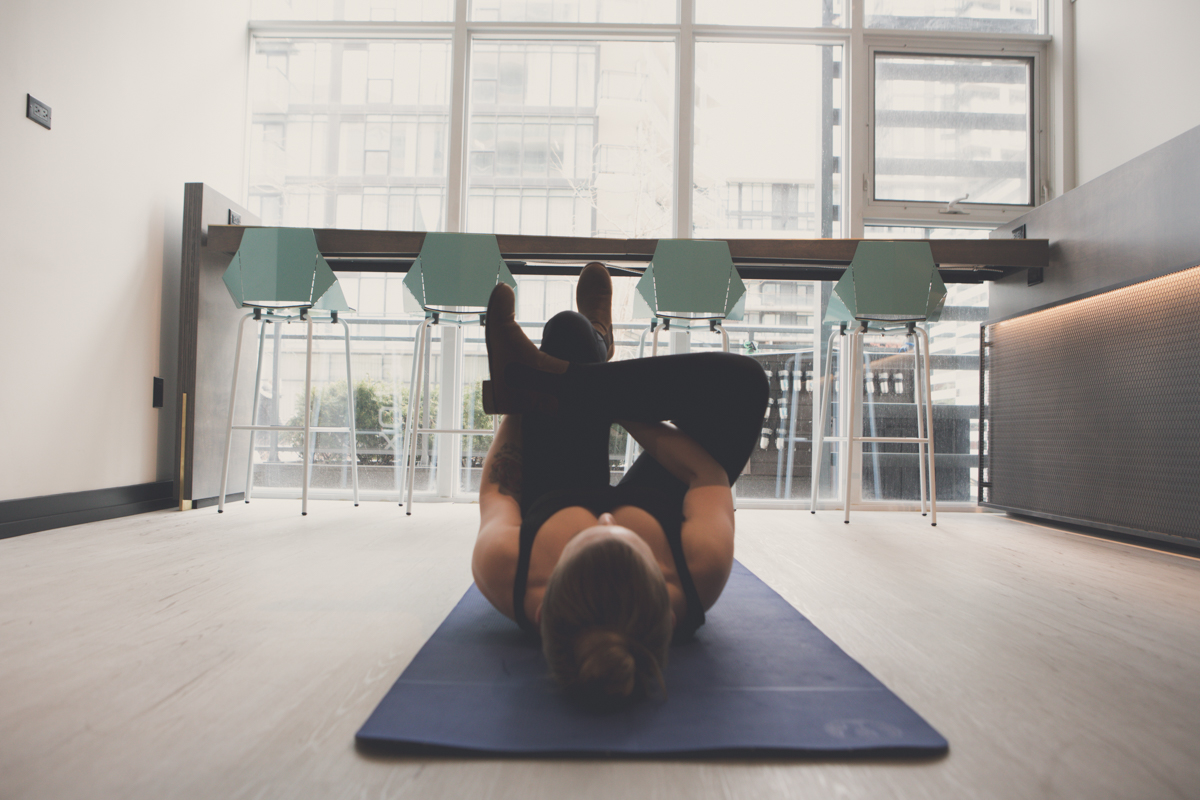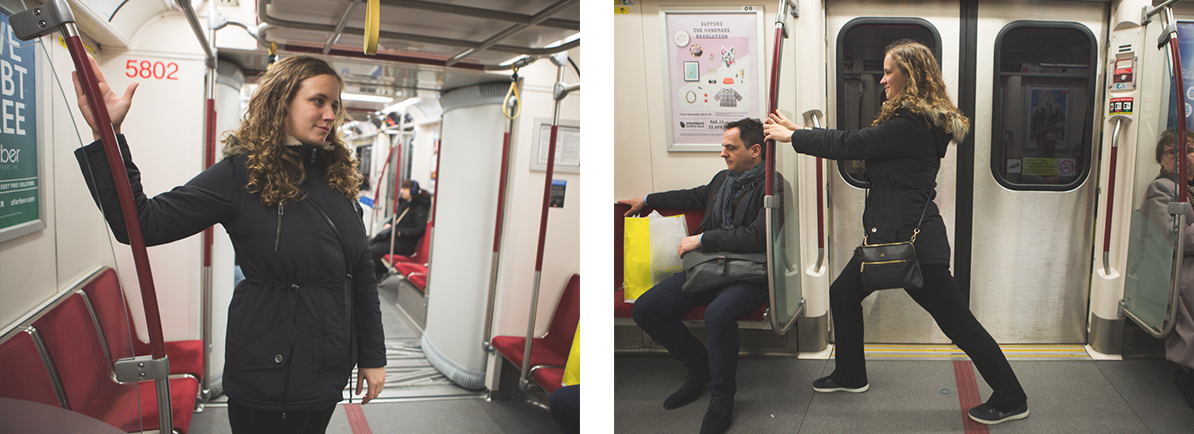4 Moves Every Cyclist Needs
Whether it be on the road, dirt, snow or track, we demand a lot from our bikes, but how do we demand more from our bodies? These cyclist exercises will help you ride faster, longer, and more comfortable on any bike for those epic days in the saddle.
1. Aero Tuck ||
10 reps
Step 1: Start with feet hip width apart.Step 2: Squat down. Bend your trunk forwards, bring your arms away from your sides. Reach back behind you while straightening your elbows and rotating your thumbs down and back.
Step 3: Stand up and bring your elbows in front of your face while reaching upwards with palms facing you. Look up.

2. Neck Opener
15 reps
Step 1: With the shoulders over wrists, hips over knees, gently push the chest away from the floor. Focus your sights on a target on the floor between your hands. Dip your chin down towards the floor, moving only your neck. Hold for 3 seconds.Step 2: Reverse the movement by tucking in your chin fully. Hold for 3 seconds.

3. Shoulder + Backline Opener
10 reps
Step 1: Start in a push up position with shoulders over wrists and legs fully extended. Drop your chest down towards the ground, squeeze your shoulder blades together. Elbows stay straight. Hold for 5 seconds.Step 2: Push your chest away from the ground, round your shoulders forwards. Elbows stay straight. Hold for 5 seconds.
Step 3: Keeping knees relatively straight, hinge through the hips and form an inverted V shape, finishing with your eyes looking past your feet. Drop back to start position.

5. Diver
10 reps
Step 1: Stand with toes pointed forwards. Drive left knee up while keeping knee bent. Drive right arm forwards left arm back with elbows at 90 degrees.Step 2: Keep your left foot off the ground as you extend your left leg backwards. Lean your trunk forwards. Drive your left arm forwards with palm facing up and right arm back with thumb rotating down and back.


















